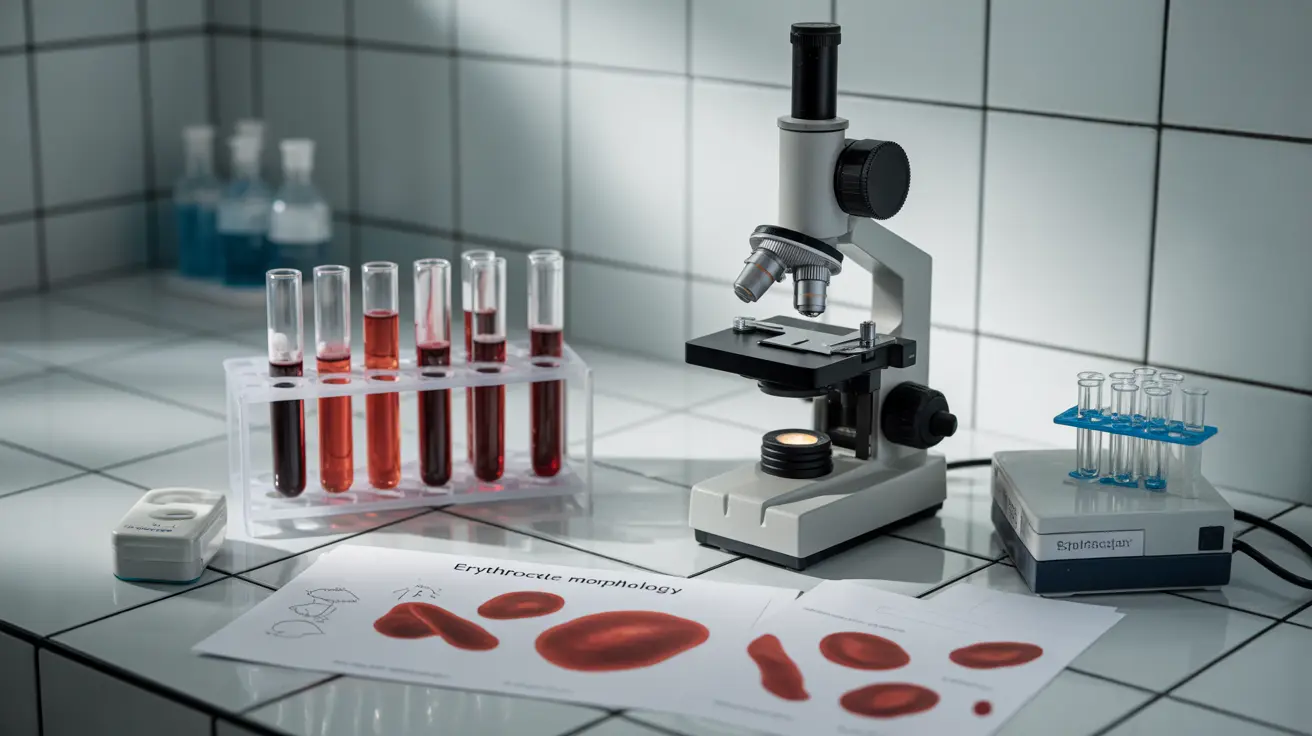Understanding hemolytic anemia requires careful laboratory analysis to confirm the diagnosis and determine its underlying cause. This condition occurs when red blood cells are destroyed faster than the body can replace them, leading to various health complications. Healthcare providers rely on specific laboratory tests to make an accurate diagnosis and develop an effective treatment plan.
In this comprehensive guide, we'll explore the essential laboratory tests used to diagnose hemolytic anemia, their significance, and what their results indicate about the condition.
Key Laboratory Tests for Hemolytic Anemia Diagnosis
Several laboratory tests work together to provide a complete picture of hemolytic anemia. Each test offers unique insights into the condition's presence and severity.
Complete Blood Count (CBC)
The CBC serves as the initial screening test for hemolytic anemia. This test measures various components of blood, including:
- Hemoglobin levels
- Red blood cell count
- Mean corpuscular volume (MCV)
- Mean corpuscular hemoglobin concentration (MCHC)
- Red cell distribution width (RDW)
Reticulocyte Count and LDH Analysis
The reticulocyte count measures immature red blood cells, while lactate dehydrogenase (LDH) levels indicate the extent of red blood cell destruction. In hemolytic anemia, both values are typically elevated as the body attempts to compensate for increased red blood cell destruction.
Direct Coombs Test
This crucial test identifies antibodies attached to red blood cells, helping determine if the hemolytic anemia is immune-mediated. A positive result suggests that the immune system is attacking the body's own red blood cells.
Advanced Diagnostic Tests
Haptoglobin Level Assessment
Haptoglobin, a protein that binds to free hemoglobin in the blood, becomes decreased in hemolytic anemia. This occurs because the protein is consumed as it binds to hemoglobin released from destroyed red blood cells.
Peripheral Blood Smear Examination
This microscopic examination of blood cells can reveal important characteristics about the shape and condition of red blood cells, helping identify specific causes of hemolytic anemia, such as:
- Spherocytes
- Schistocytes
- Bite cells
- Other abnormal cell formations
Frequently Asked Questions
What laboratory tests are typically used to diagnose hemolytic anemia?
The primary tests include complete blood count (CBC), reticulocyte count, lactate dehydrogenase (LDH) levels, direct Coombs test, haptoglobin levels, and peripheral blood smear examination. These tests work together to confirm the diagnosis and help determine the underlying cause.
How do reticulocyte count and lactate dehydrogenase (LDH) levels help confirm hemolytic anemia?
An elevated reticulocyte count indicates increased red blood cell production in response to destruction, while high LDH levels suggest increased cell breakdown. Together, these markers help confirm active hemolysis.
What does a positive direct Coombs test indicate in hemolytic anemia diagnosis?
A positive direct Coombs test indicates the presence of antibodies attached to red blood cells, suggesting immune-mediated hemolytic anemia where the immune system is destroying red blood cells.
Why is haptoglobin level decreased in patients with hemolytic anemia?
Haptoglobin levels decrease because this protein binds to free hemoglobin released from destroyed red blood cells. As more red cells are destroyed, more haptoglobin is consumed, leading to lower levels in the blood.
How can a peripheral blood smear aid in identifying the cause of hemolytic anemia?
A peripheral blood smear allows microscopic examination of red blood cell morphology, revealing characteristic changes that can indicate specific causes of hemolytic anemia, such as hereditary conditions or mechanical damage to cells.




